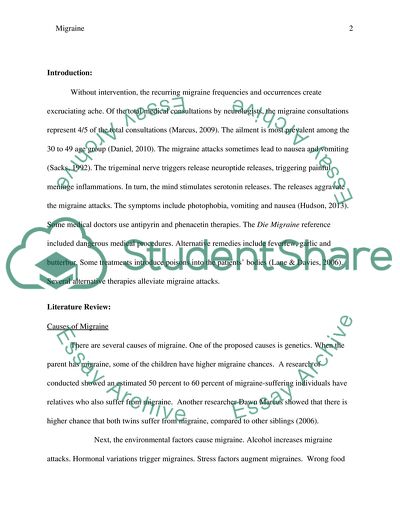Cite this document
(The Causes and Treatment of a Migraine Research Paper, n.d.)
The Causes and Treatment of a Migraine Research Paper. https://studentshare.org/medical-science/1804251-migraine-causes-and-therapy
The Causes and Treatment of a Migraine Research Paper. https://studentshare.org/medical-science/1804251-migraine-causes-and-therapy
(The Causes and Treatment of a Migraine Research Paper)
The Causes and Treatment of a Migraine Research Paper. https://studentshare.org/medical-science/1804251-migraine-causes-and-therapy.
The Causes and Treatment of a Migraine Research Paper. https://studentshare.org/medical-science/1804251-migraine-causes-and-therapy.
“The Causes and Treatment of a Migraine Research Paper”. https://studentshare.org/medical-science/1804251-migraine-causes-and-therapy.


